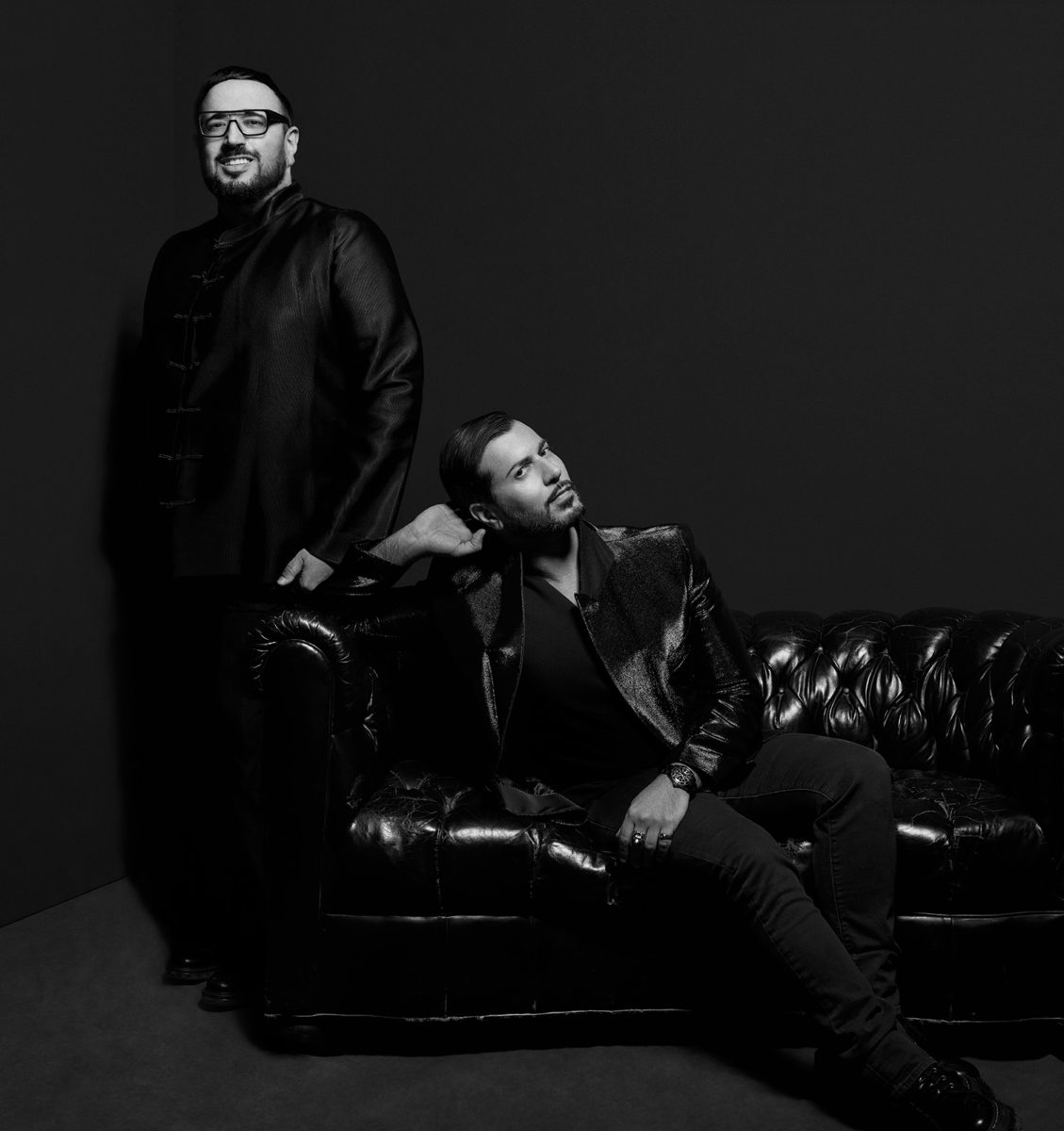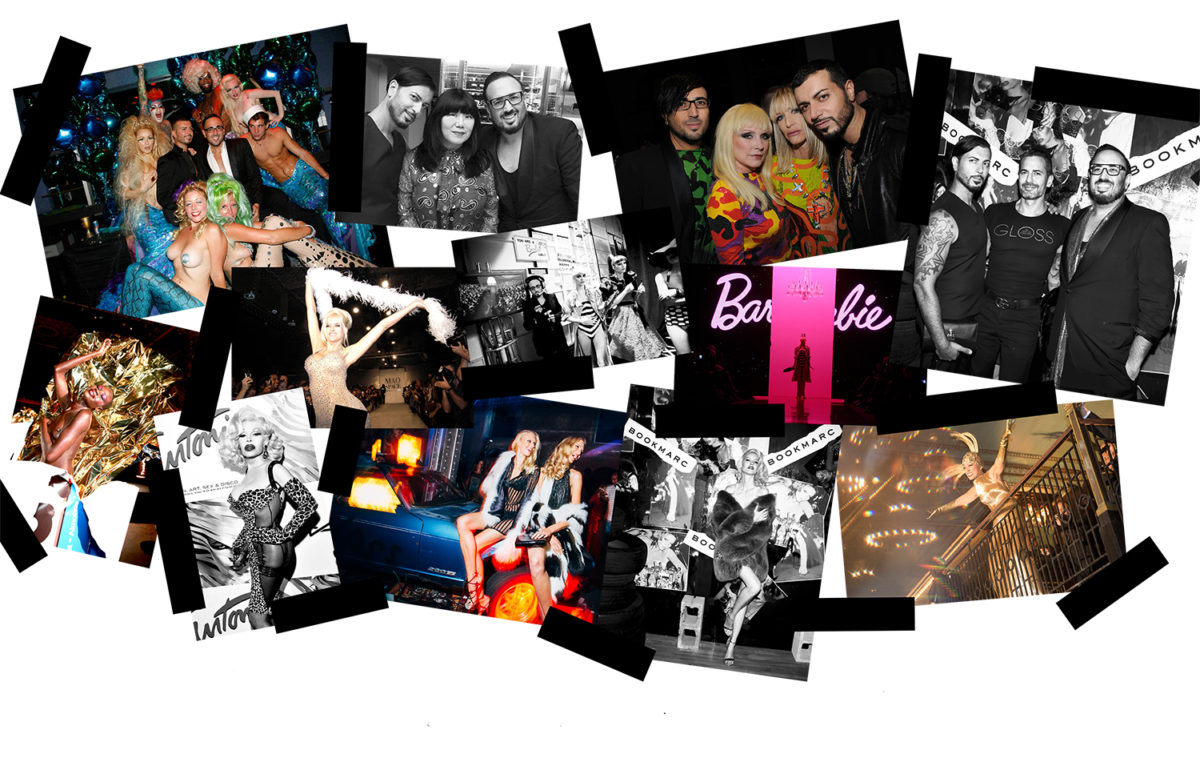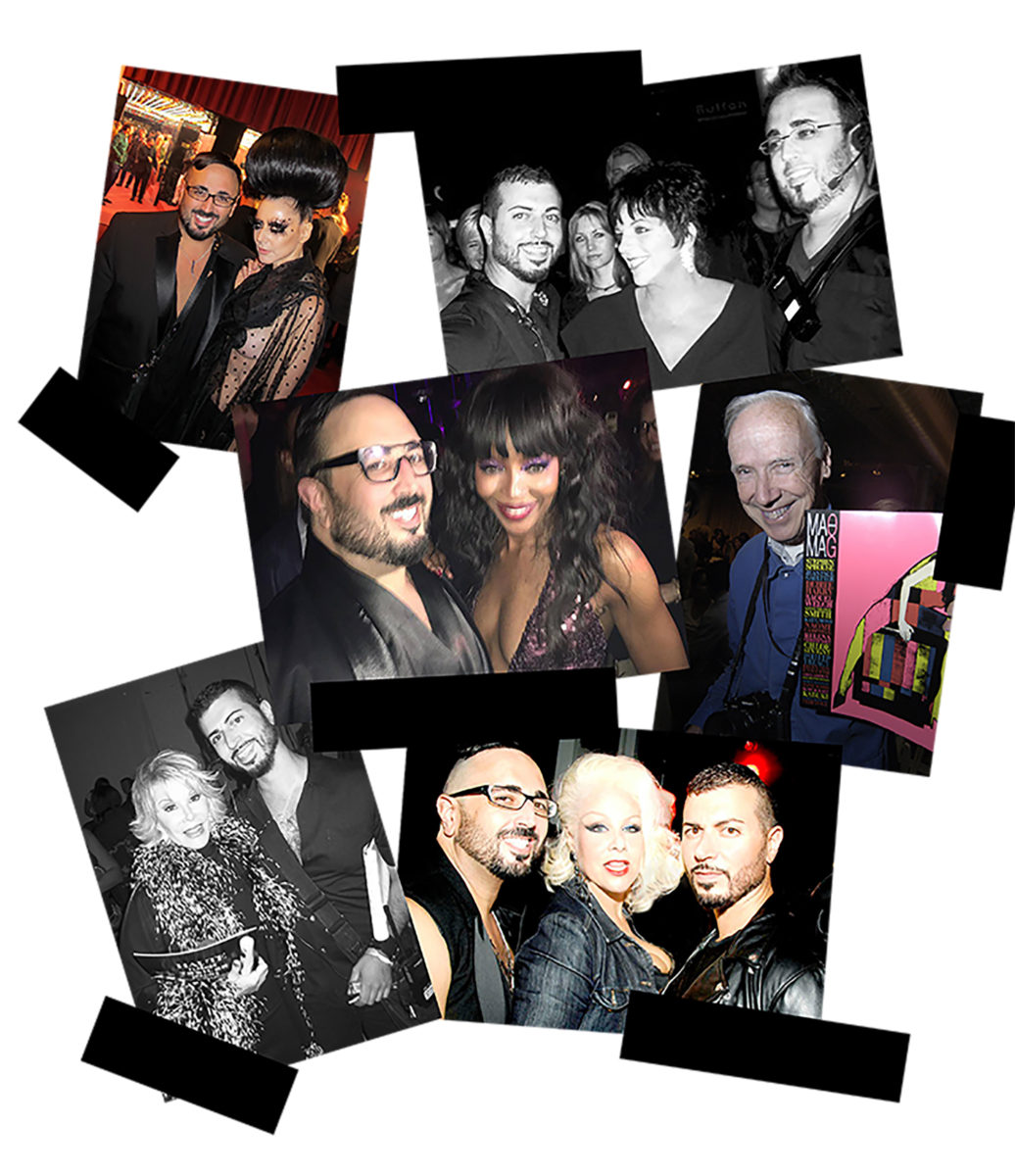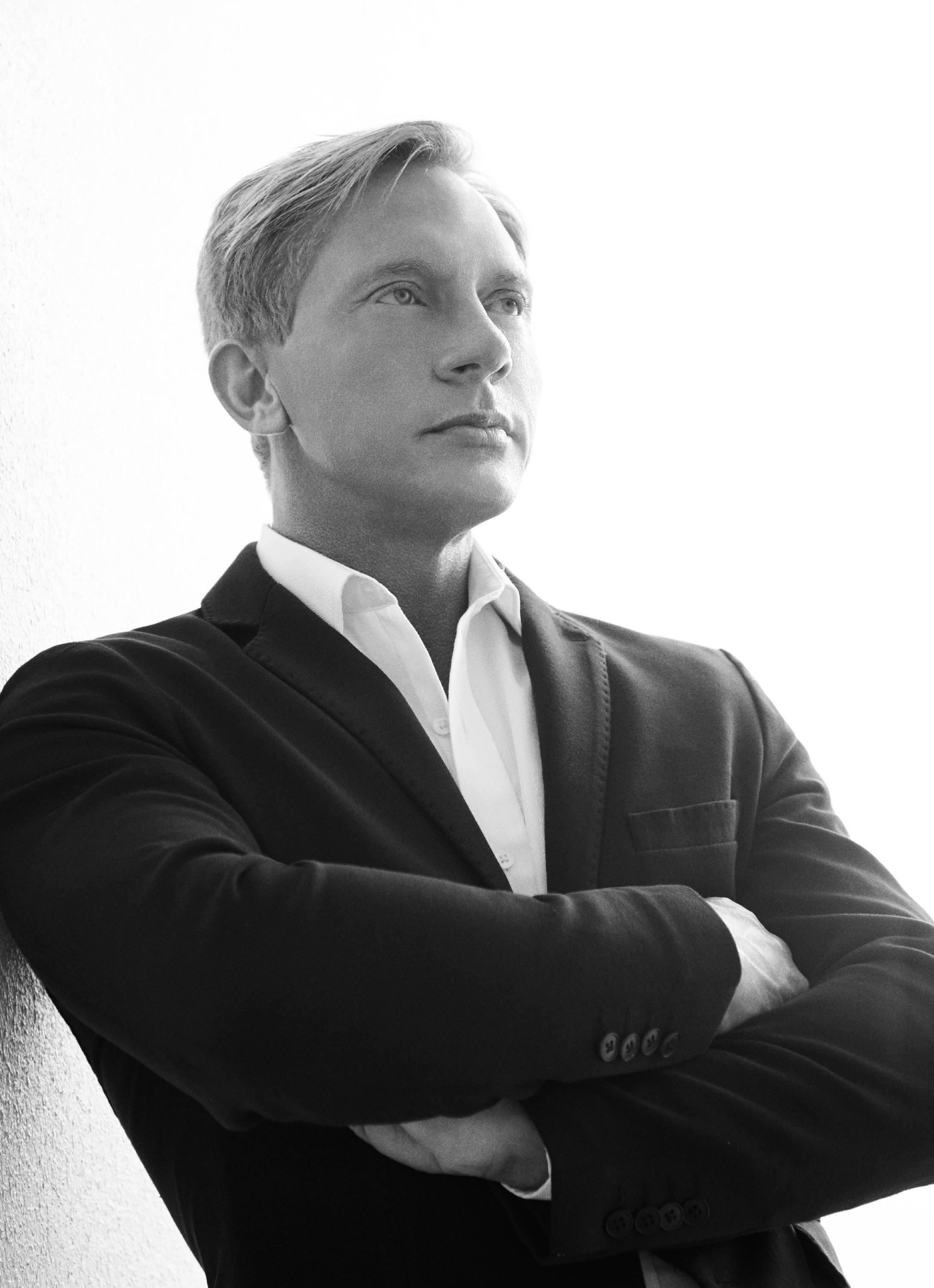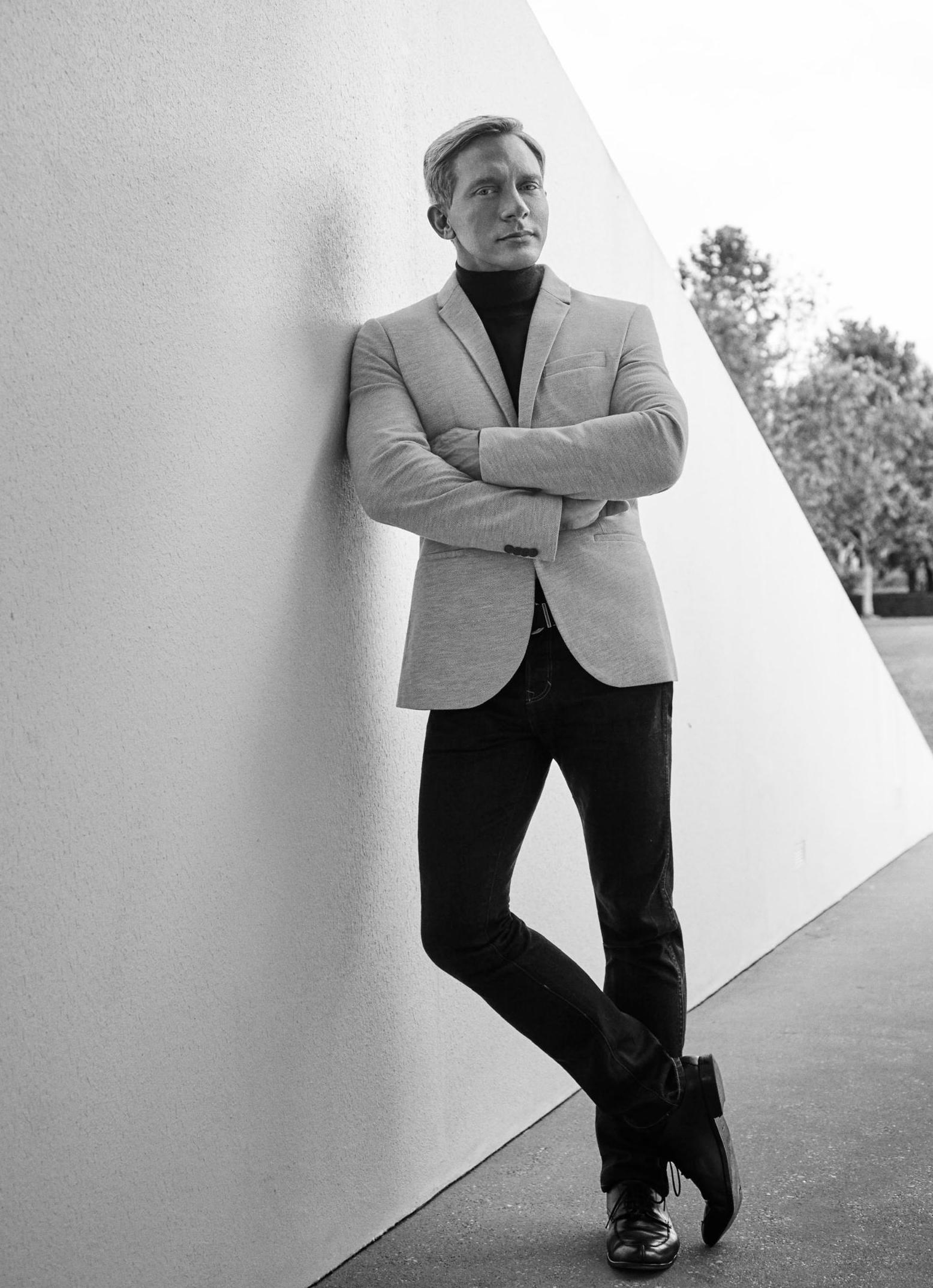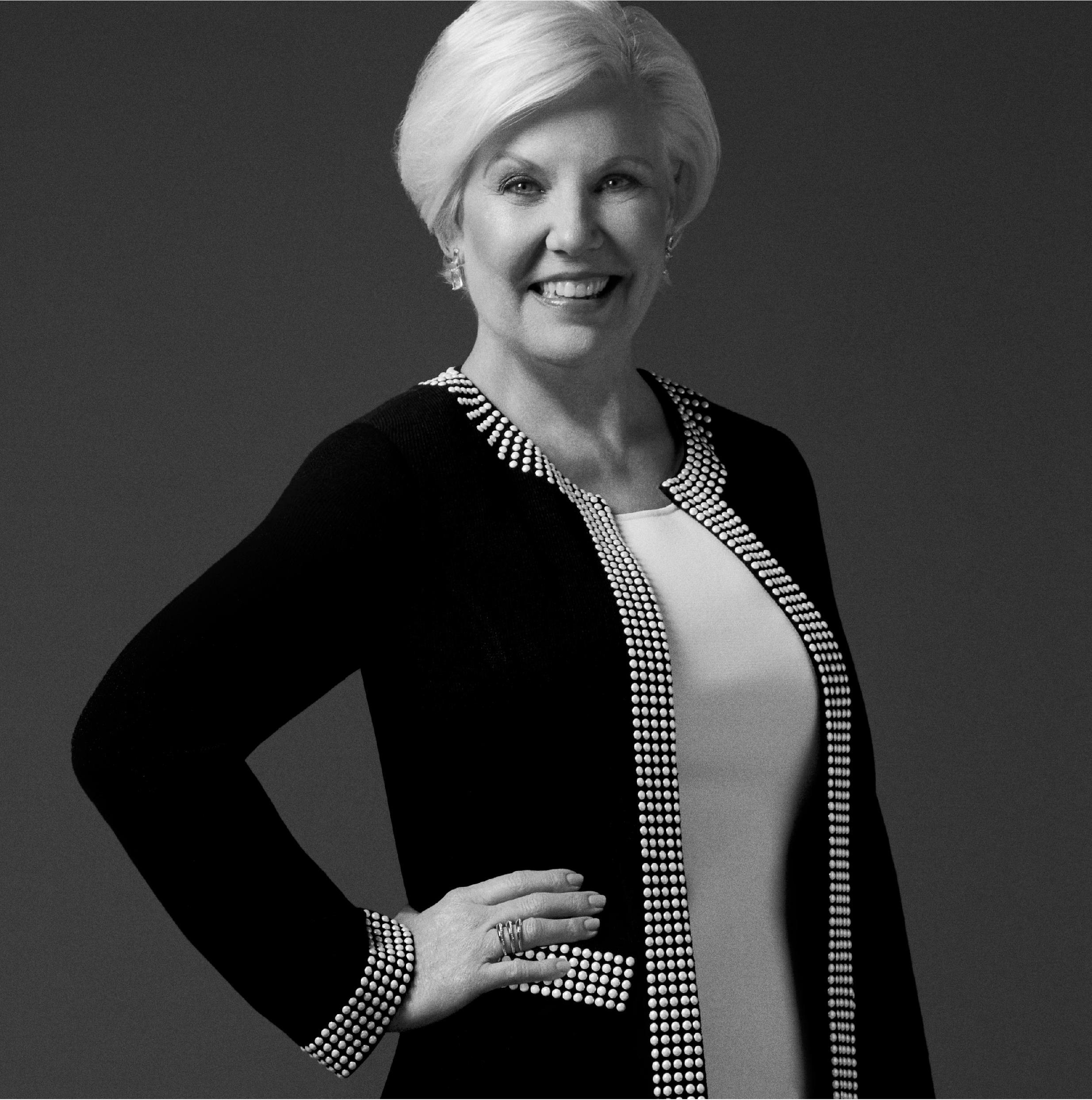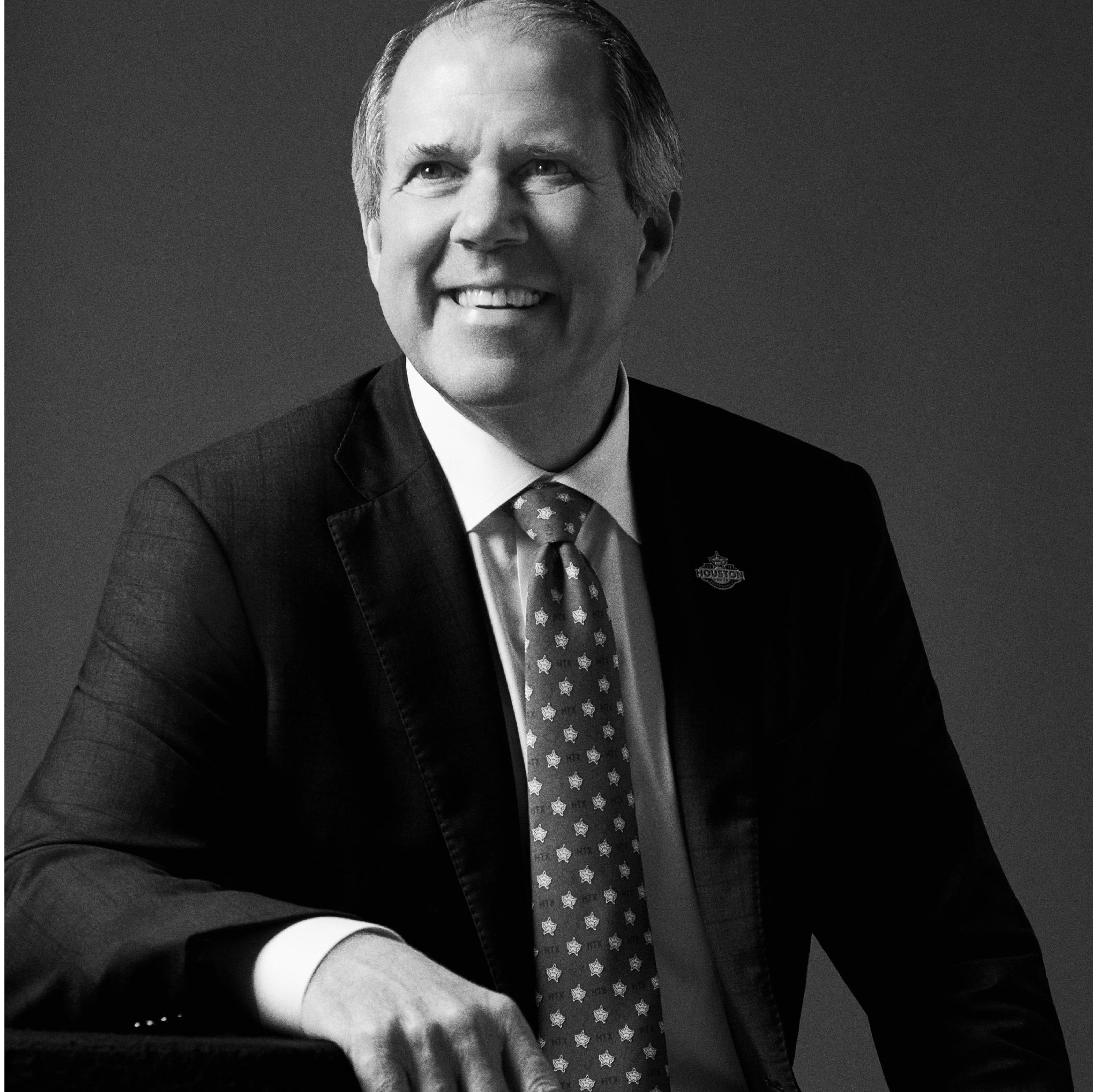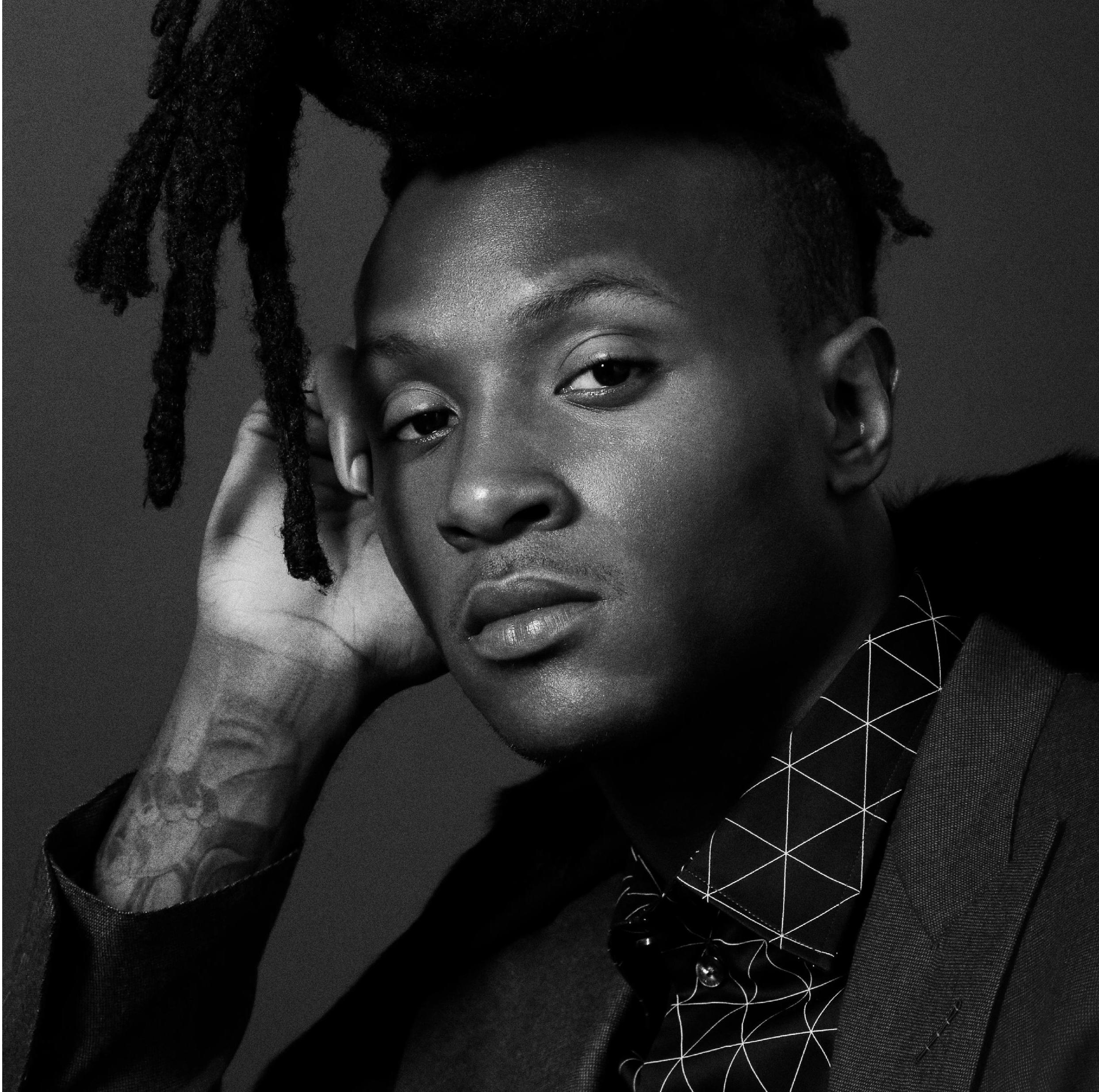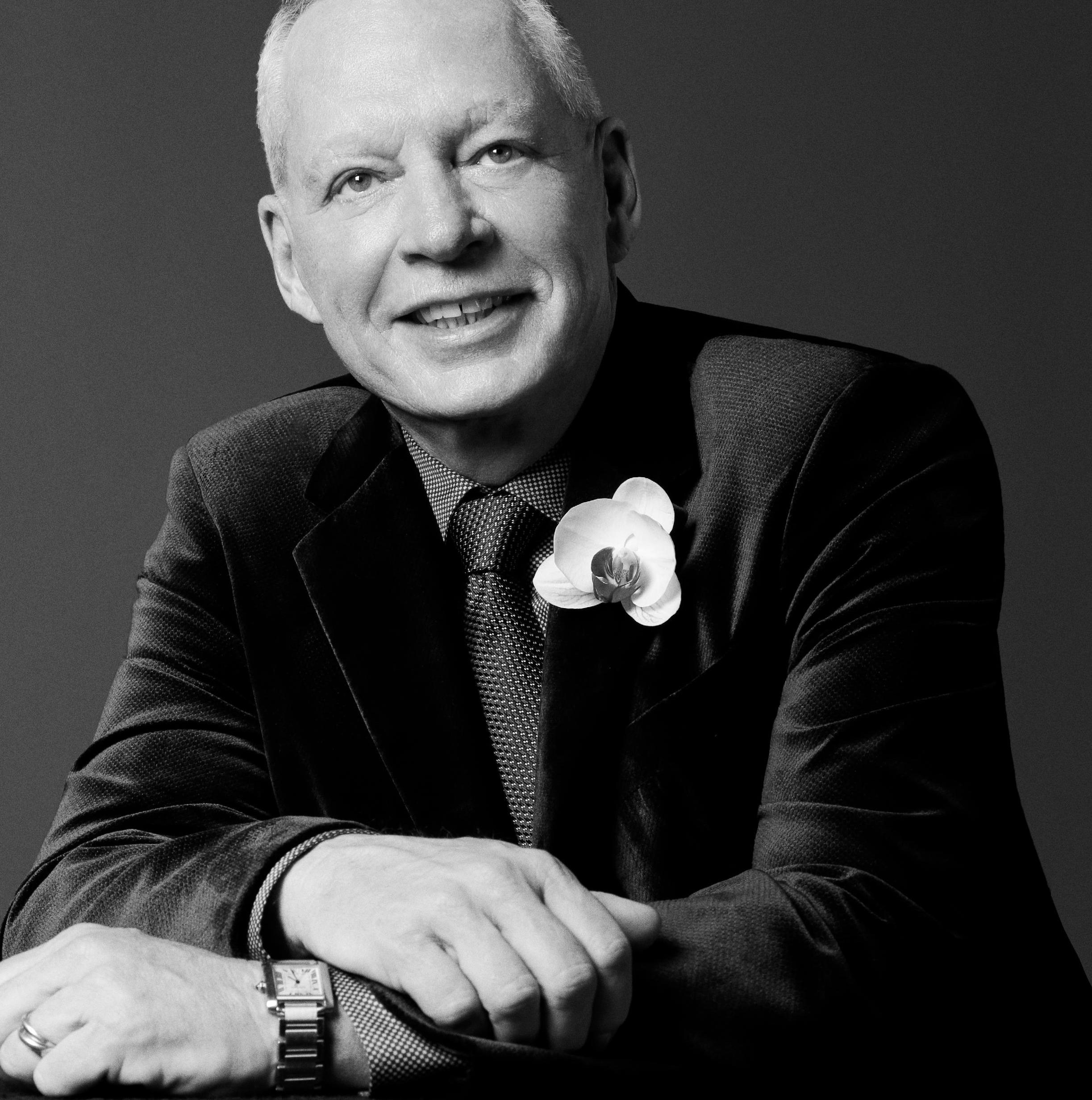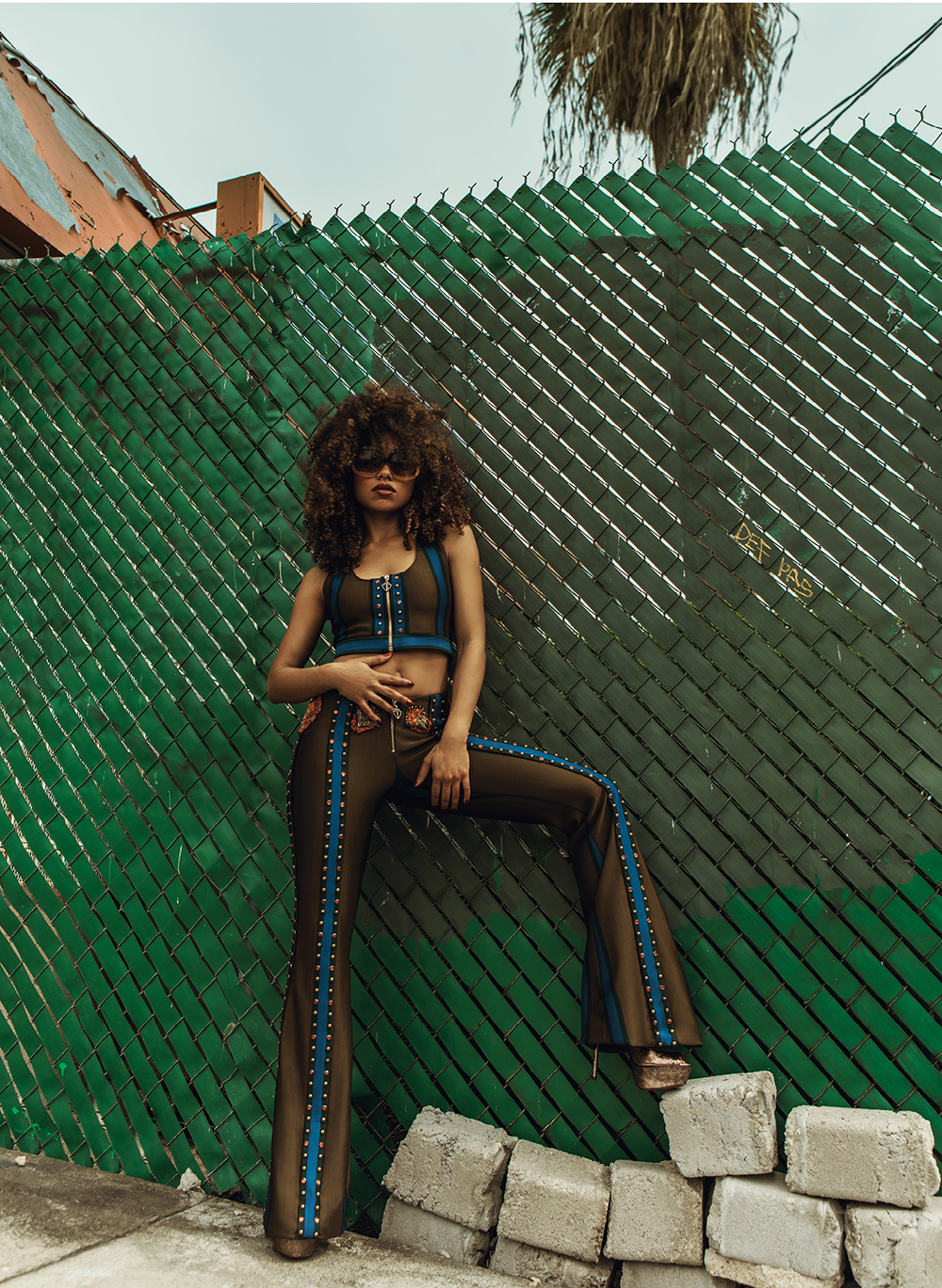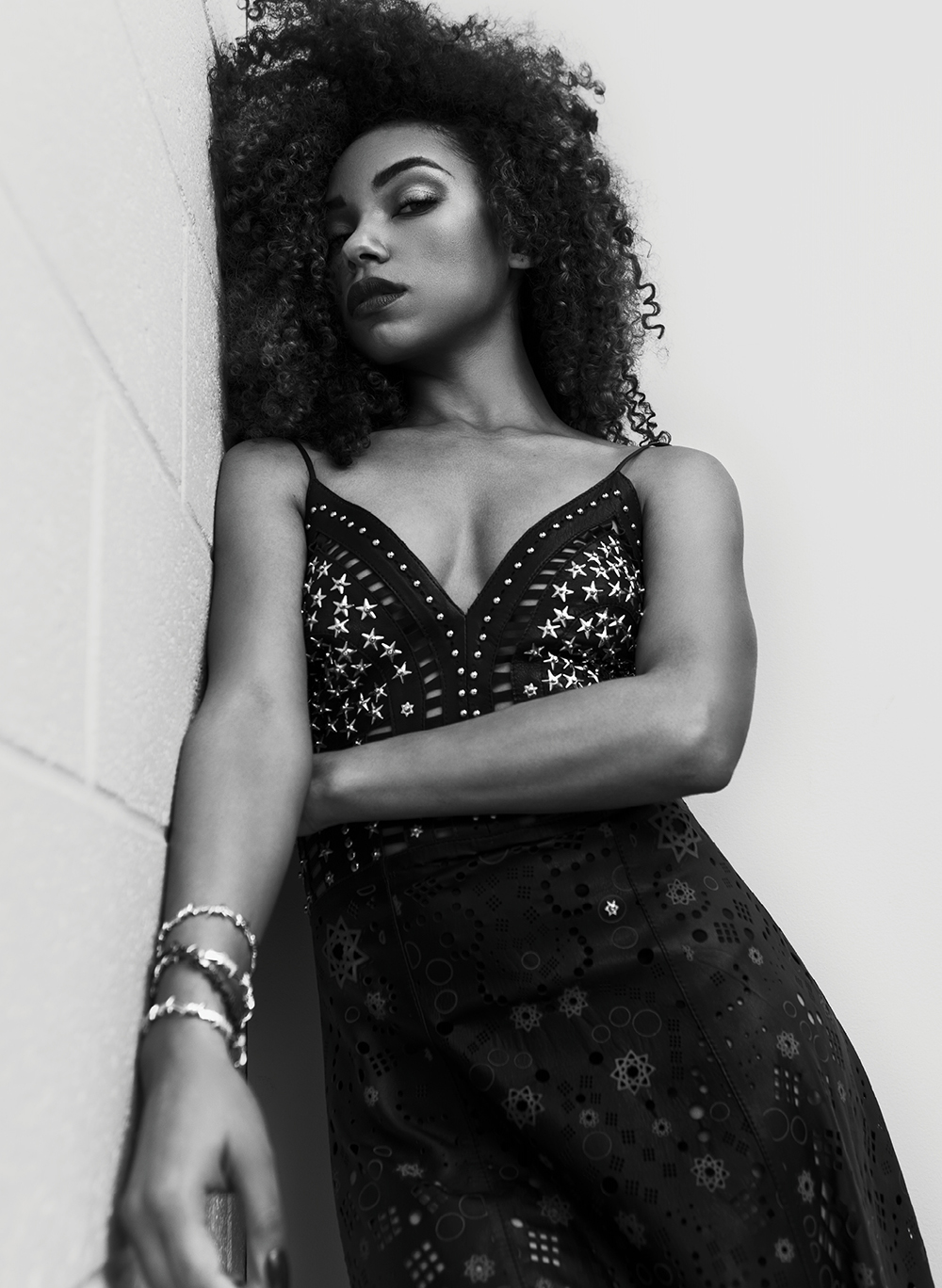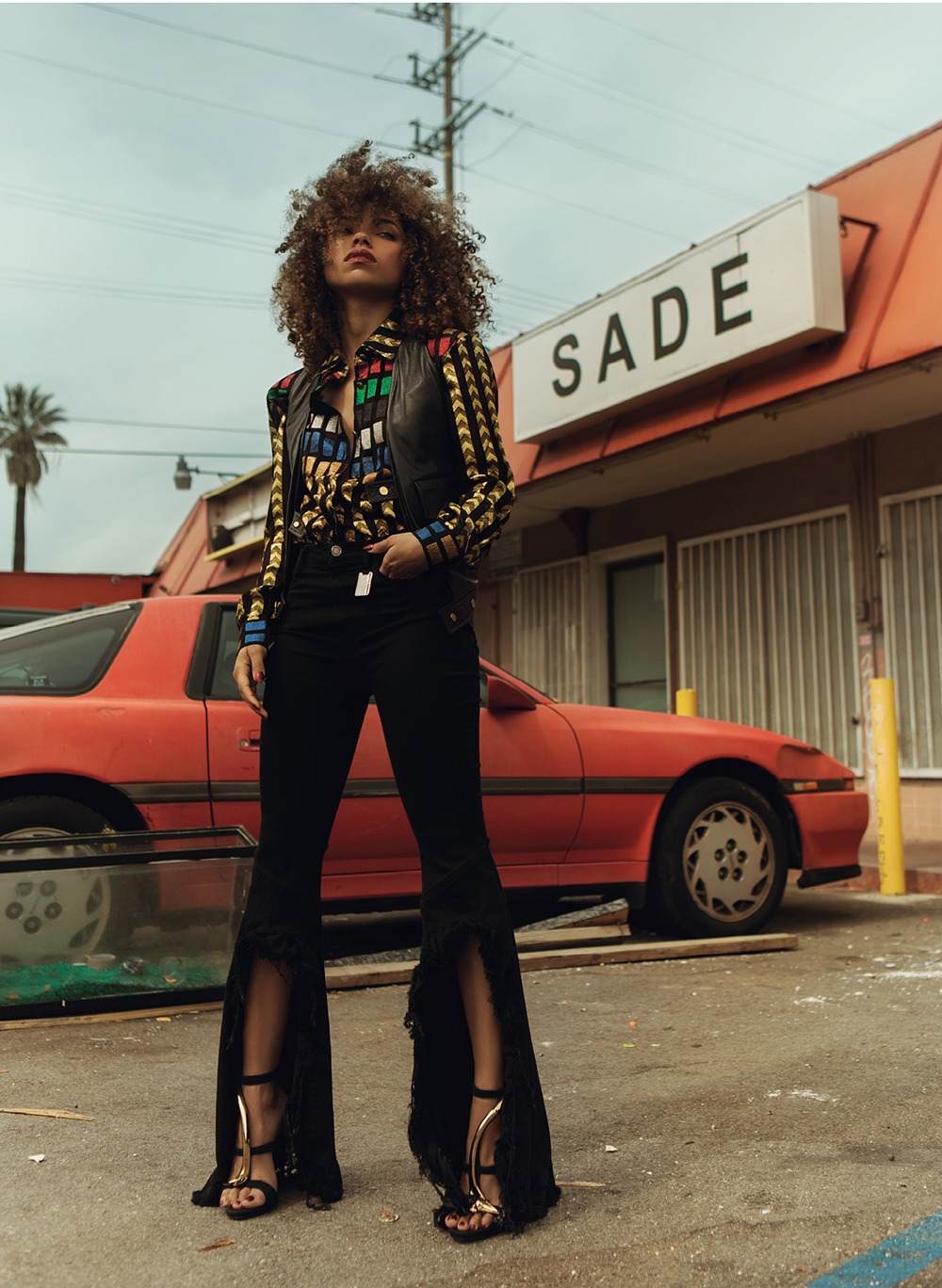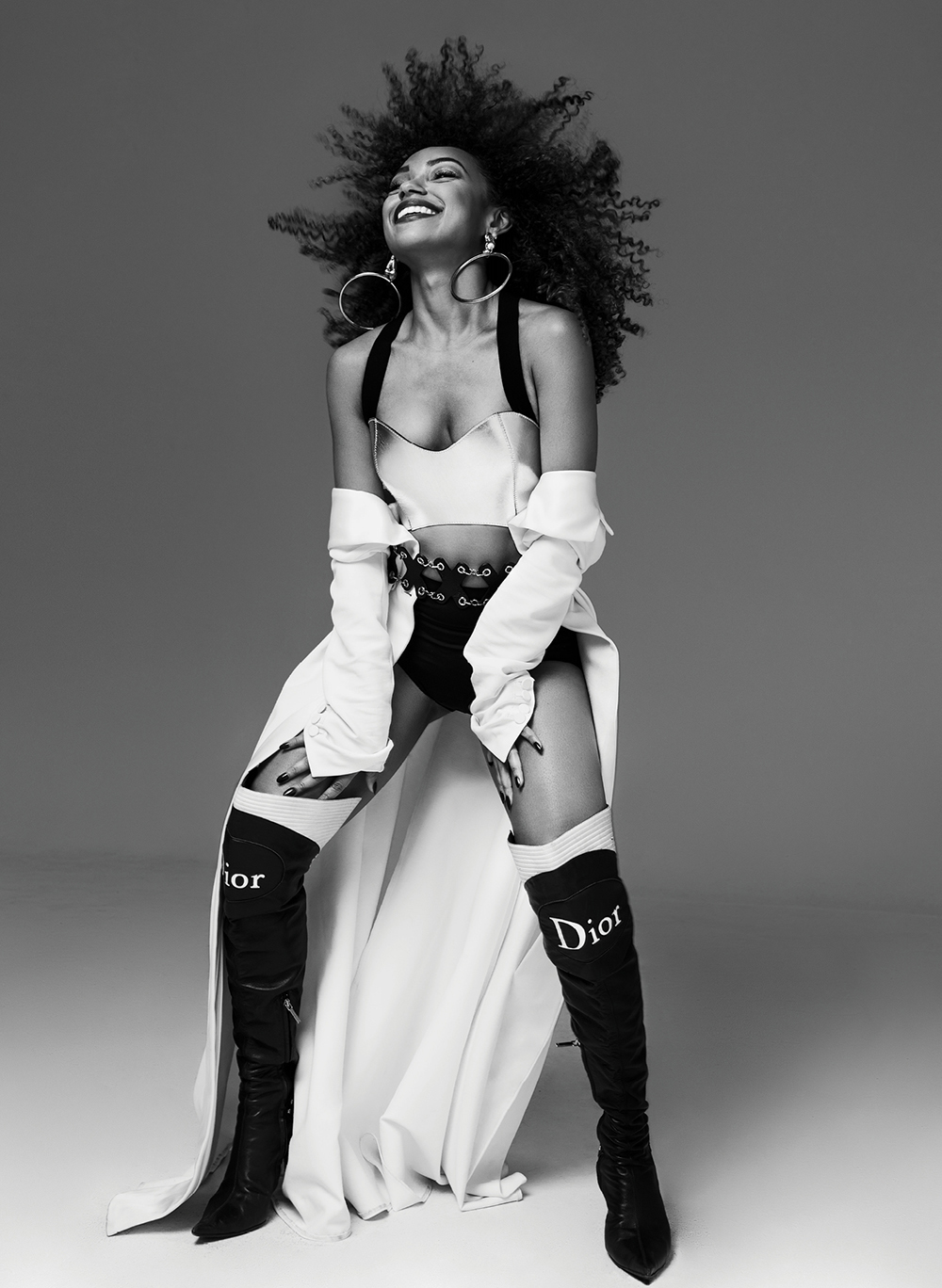AMANDA LEPORE – DOLL PARTS
For the greater part of the last three decades, Amanda Lepore has dominated and dazzled the New York nightlife with her audacious and over-the-top feminine charms. After relocating to New York in the early 90’s, Lepore quickly caught attention for her larger-than-life hyper-feminine look and began frequenting legendary New York nightspots. Later when serendipitously meeting celebrity photographer, David Lachapelle, Amanda quickly found herself in her latest role: the artist’s muse. For David, she was a voluptuous, fleshy piece of clay, transmuting herself into the many fanciful characters within Lachapelle’s work, and becoming immortalized by his images. But Lepore, too, is an artist, who through years of obsessively indulging in rhinoplasties, silicone injections, and surgical procedures, finally augmented her body into the living, breathing work of art that she had always envisioned. “Amanda has no interest in being a girl,” Lachapelle once remarked “She wants to be a drawing of a girl, a cartoon like Jessica Rabbit. When I told her that silicone is dangerous, she said, ‘I don’t care, as long as I look beautiful in the coffin’. There’s something kind of profound in that; that she’s creating a moment of beauty for herself and is willing to make the ultimate sacrifice.”
The iconic blonde bombshell, famously labeled “The Most Expensive Body On Earth,” recently released her juicy, tell-all memoir, “Doll Parts” published by Regan Arts, in collaboration with Vigliano Associates and Peace Bisquit, complete with dishy photos of the bodacious bod. Here, IRIS Covet Book shares a conversation between two reigning New York nightlife queens, Amanda Lepore and the legendary Susanne Bartsch.
 My Own Marilyn, 2002, Chromogenic Print ©David Lachapelle Studio
My Own Marilyn, 2002, Chromogenic Print ©David Lachapelle Studio
Hi baby, how are you? I saw your book it is beautiful! Are you happy with it?
Yes, yes I am. Did you get your copy?
Yes! Signed by you, of course. It’s really great. I am so excited for you. So much support for you, it really shows how much of a lovely person you are, how special you are. Did you find that in the process of writing this book that it was therapeutic for you?
It was kind of difficult for me because I am one of those people who really likes to live in the moment. I don’t think of the past a lot, but I do have a good memory, but it would be weird because I would remember things that weren’t so pleasant and it would follow me throughout the day. It was fun though, and I was just hoping it came out well in the end…but I am very happy with it.
Going through it is painful, and having to revisit the past is painful.
Yeah and I really appreciate everything, but going back and looking through these old memories really made me much more grateful.
It shows how strong you are and how you have grown.
Yes, exactly. You have to go through the bad things to really appreciate the good things.
At the age of 10 when you announced to your parents that you wanted a sex change, did you always have a feeling that your birth-assigned gender wasn’t correct?
I thought I was just a girl when I was really young. I just had the mind of a girl and didn’t know anything else! In my case it was genetic and it was not influenced by my environment…like a chemical; it was just natural. And my parents….well, I grew up in an Italian household and my father was kind of strict and close-minded in a lot of ways, but my parents were separated and I spent a lot more time with my mother. My mom was schizophrenic and she had a sense of humor…she was great to be around and she loved me and gave me support. I spent a lot of time with her and we accepted each other. When I was very young they knew that I was different… I wasn’t walking normally as a child. My hip sockets were not working correctly and I was wearing a brace as a child. I don’t remember this, but my mother told me. They were just happy when I could start walking and I could walk normally, so they just accepted that I was feminine. I would wear really frilly party dresses as a child and loved pink and super girly things. They just were hoping I would be a gay hairdresser or something. I wanted to do ballet, but they wouldn’t let me. They tried to keep me away from super feminine things.
I tried to get my son to ballet, but he didn’t want to! (both laugh) Well, in the book you also talk about your childhood friends Stephanie and Sandy who lived with their mother and grandmother. How do you think the twins and their household help to inform your life?
Well, they were older than me, and they were fifteen or sixteen when I first met them. One was dating my brother, and I had a habit of being friends with my brother’s ex-girlfriends. They were very cool. Very grown up for their age, and I remember their mother would let them have fake Bloody Mary’s in the morning for breakfast and they were just super cool and their parents were very open minded. I think part of why I liked them so much was because they wore makeup and did their hair, the one that was going out with my brother at the time had bleached hair with these pale pink dyed streaks that I loved.
Well, they were doing their own thing and being adventurous.
Yeah and I was feminine and pretty and I had long hair which I think they gravitated towards as well. They encouraged me and taught me how to arch my eyebrows and curl my eyelashes, taught me about makeup, how to bleach my hair blonde, and all of that stuff.
(laughing) We all needed those girls!
I loved movie stars at that time. They encouraged me to look like Jean Harlow and Marlene Dietrich.
It sounds like they had a profound effect on you. We were talking about you possibly becoming a hairdresser or makeup artist, and these women really helped form how you saw beauty. In the book it says that Stephanie later became a stripper in Newark and you would come to the strip club with her which led you to a fateful meeting with a trans exotic dancer named Bambi. How was it meeting another transgender woman for the first time?
I was fascinated by her body immediately. I was jealous at first because I wanted what she had. I was making these outfits for the dancers and selling them to buy makeup, high heels, and stuff for myself. I told her I would make her outfits if she would trade me hormones, and she agreed as long as I did not tell my mother. I took the doses she told me to take which was like two pills a day and I had started growing breasts in a month, my skin got more clear, and then my mother saw me come out of the shower like a month later with boobs and she said, “How did you get those?” and I said, “I don’t know, they just grew!”. (laughing)
That’s so crazy! Well, then Bambi really helped make your body achievable and it was really great for opening your eyes to what was possible. Did you consider at the time that taking hormones in that way may have been risky?
No, I didn’t think about it at all! I was getting the results that I wanted…and it seemed to calm me down too. Like, if I ever got hard it would freak me out and I would get really depressed.
You mean if you got an erection?
Yeah, like I would get freaked out! I would really want a drink. (laughs) The hormones seemed to calm me down and my grades were going up, I got a tutor because they didn’t want me to come to school dressed as a girl, and I wanted to finish school…
You sort of saw the light at the end of the tunnel with your boobs growing and body developing.
At the same time I wanted more. It was sort of the beginning of a mission.
Exactly, and that mission was accomplished in a better way then you could have ever have imagined! Then your transition became more noticeable and you decided to attend high school as a full fledged female. Your mother and close friends even helped you get dressed for the occasion; how did it feel to walk into the school with all eyes on you? Were you scared of criticism from your peers?
I just was told to go right to the guidance counselor. People were shocked, and I guess I wasn’t really there long enough, but I did not get made fun of. A lot of people were just very confused. I had substitute teachers who had to ask other students if I was a boy or a girl. It was interesting, but I think because it was a big distraction so the guidance counselor asked if I wanted to quit school.
In the book, your high school guidance counselor seemed to be a blessing in disguise. What was her reaction to your transitioning and how did that help you?
I think she felt bad for me because I would go to her a lot complaining about being harassed by the school administration, and she wanted me to go back dressed as a boy. I said it was ridiculous because I was already on hormones and had bleached my hair and it wasn’t going to be like it was. They sent me to a psychiatrist and I was diagnosed as a transexual, then they gave me the hormones legally.
So, after seeing a psychiatrist, you had to get consent from your parents to receive the prescription for the hormones. What was your mom’s reaction? What was your dad’s reaction?
My mom was very supportive, and she started buying me girl’s tops and frilly clothes. She didn’t like the red lipstick because she thought it was like hookery, and she was afraid I was going to get raped. She said, “you look like one of those girls who swing their pocket books on the corner”. (both laugh)
And your dad? What was his reaction?
He was just hoping that I would dress as a girl on the weekends, and just be a feminine gay hairdresser or something. He, I think, was bisexual because when we were younger he introduced us to this guy that he wanted us to call “uncle”.
Oh, that’s suspicious! (laughing)
And the guy was really feminine, and my brother said he thought that the guy was gay. He really was open minded with gay things and drag queens and things like that, but the sex change he used to think that I just looked pretty because I was young, so he would say, “You’re going to turn 17 and it won’t be like that anymore,” but over time he saw that I won and he lost. (laughs)
Then in the book you are very open about your gender reassignment surgery and you describe it as a celebrative event. What were the emotions you had going into surgery?
Euphoria.
I knew you were going to say that! I would be, too. Were you scared or anything?
I didn’t really care. I just wanted to get rid of…the dick. Then it turned out to be gorgeous. (laughs)
Your pussy is amazing! I have one, and they really did a great job.
It was even more beautiful then, too, as a child. It’s still beautiful though.
I will never forget when you told me that you put hair conditioner in your pussy to make it smoother and smell good, I loved that! (laughs) Anyway, a year after the operation your boyfriend at the time, Michael, and you got married. Did it feel good that you got what you wanted, or were there any underlying feelings of anxiety and fear?
I was really happy about everything! There was a lot of aftercare and I just wanted to spend time with my family. I healed very quickly though, even my doctor thought so. There was gauze over the opening and it coming out because it was healing so quickly. There wasn’t a lot of pain because I was on really heavy pain killers and I was in the hospital, and when I got out they gave me more pain killers. After it heals you have to get the dildo dilator to stretch out the interior, and when they first put that in it felt like a knife. They also gave me a prescription numbing cream to put on it which really hurt. It was very painful, but every day it got better. Having sex in certain positions would hurt, but it felt good to just be able to do it. It went from feeling like a knife to eventually being able to achieve orgasm. Over the years it just became more sensitive and got better and better.
I am sure that the hormones helped with the sensitivity too.
Well, they don’t really cut the whole penis off. It is like peeling a banana, then turning it inside out so all of the nerves are still there. Sometimes when I have sex it feels like it is expanding, but really it is getting hard and the blood is rushing there and getting tighter. It’s interesting.
Wow, I love it. Then, a year after your mother’s passing, you left Michael and moved to New York. What thoughts were going through your mind when you were in a cab on the way to the city?
I really just wanted to get away. I just thought that life was short and I should get out of being controlled and do things on my own. It seemed like the right thing to do. It was kind of hard because I thought my husband just wanted to love and protect me, and I knew it would be easier just to stay, but after my mother passed away it just felt like I had to do it.
When you lose somebody close you realize how fragile life is and you have to live it and do what you can. You are very brave, Amanda. Mandy Baby. Did you have a plan when you arrived to New York?
No. I thought of doing nails, and I started to but I was not making enough money and the cabs were so expensive and everything was so much money! This guy I met in the plastic surgeon’s office turned out to be a hooker so I had to get out of the house all of the time, and I met this marine who would see me at a coffee shop I would go to. I started dating him and he was really into S&M, and the first roommate I had in New York was a girl who worked in a dungeon, so I told him he may as well get paid and should work in the dungeon. It was around the time of the AIDS epidemic and I didn’t want to be a hooker, so it made sense to work in the dungeon.
In 1990, your friend & designer, Keni Valenti, decided to introduce you to the New York social scene. What were people’s reaction to your looks and how did it feel after working so hard to achieve them?
People loved me! They loved my look, and at the dungeon they loved that I looked like Jayne Mansfield. I had that look and was dressing up, and it really fit in at the time.
What were some of your favorite memories working the club scene in the 1990’s?
I mean there are so many. I loved all of the parties and dressing up! I still love it. (laughs)
Yeah you’re a magnet; people are drawn to you! If there is a quiet spot in a nightclub we can just put you there and it livens up.
I definitely had a better time now, since I’ve become more famous. In the past I would have to look like I was busy because we would all just naturally hangout together, the people who were working at the club. Michael Alig would say, “You have to circulate! You have to circulate!”, and now people gravitate to me and they want to take pictures with me. I genuinely enjoy meeting new people, too.
How did you come to meet David LaChapelle? Do you think it was fate?
Yes, I do think it was fate. I met him at Bowery Bar and he was asking people about me. He was checking to make sure I wasn’t a bitch and that I am a nice person because he only wanted to work with nice people. When we met he told me that before he knew me, like when he was 15, that he used to draw this woman who looked exactly like me with big boobs, cheekbones, and she was always naked and in weird situations. There’s a sketch of her in my book. He was just obsessed with me. A lot of the pictures he took of me gained a lot of attention and he didn’t want to use anyone else but me for advertising jobs, editorials, etc. Once there was an advertiser who didn’t want to use me and David said, “Well, then I want a girl with no boobs, black hair, and a pie-hole for a mouth!” (laughs)
Ha-ha! I love him…so, then what were your favorite projects that you did with David?
I think that the Armani Jeans campaign was amazing, and just huge. We went down to Italy for the Armani show and I think it was really my first taste of that movie star lifestyle I always have loved and longed for. The flash bulbs, the press was crazy…we had dinner with Giorgio Armani and all of those people. It was super exciting for me!
Did you ever anticipate that that friendship would change your life the way that it has?
No. I think that when I first started doing it I just thought I was lucky and it wouldn’t ever happen again. It just kept on going and going and going, and I didn’t think of becoming a model or anything. If I had a crystal ball and it said I was going to be doing this in the future, I would have been so shocked because I didn’t have any ambitions really I just was so happy to be a girl. I just wanted to be pretty and wear makeup! (laughs)
Yes, and be that super fabulous, gorgeous woman. The epitome of womanhood! You’ve had so many iconic images over the course of your career, how did you decide which to put in the book?
I wanted to have as many LaChapelle images as possible, and luckily David agreed to have all of them in the book. I didn’t like a lot of the old pictures, but when we were picking the images it was hard to get all of the images that I wanted. I had a lot of personal photos under my bed, a box just filled with polaroids and fashion editorials that I did. We put a lot of images that I did more recently too, where I look more beautiful now then I did then. We had these cool collab photos from the 90’s and the images David did.
He also pushed you in a way, tried to make you work even harder as an artist, in a good way.
Yeah, definitely. Actually, the dominatrix stuff I did when I moved to New York was more of an act for me and I think that helped me with my modeling and working with him. David is kind of a huge control freak and wanted everything a certain way, so I was able to work with him better than anyone because of my experience with domination. (laughs)
You were like a dream come true, really. Your trademark sense of fashion, Jessica Rabbit body, and coquettish personality are all apart of the Lepore brand, but how did that style evolution come to be?
At first it was Marilyn, Jayne Mansfield, and Barbie who were my big influences. I got in an accident while go-go dancing where I got a scar on my forehead. I was really depressed about it, so I decided to make my lips really huge and my boobs huge so people would look at my boobs and lips instead of at my scar. The look just worked for me, and I sort of look like Jessica Rabbit and Marilyn Monroe.
Well, that’s a good accident to have! Well, later you went on to collaborate with rapper & producer, Cazwell on your albums. Were you nervous to start singing live or did it feel like a natural extension of your performance abilities?
I was really nervous! It was so many words and the first song “Champagne” had so many lyrics to remember. I remember we were doing a show with (the fashion brand) Heatherette in Russia and I was in a hotel the entire time studying the lyrics. I had to perform it shortly after and people were just floored because I wasn’t really known as a performer at the time. They all thought it was going to be bad, but it turned out to be really good. Cazwell wanted to do a whole album, and we just kept it going. I continued to do that for income and then started working at that Soho Grand event with you and Joey Arias and it took it all a step further. I was depending on the tracks, but then I started doing more live, intimate performances; my voice got better and I became a better performer as it went along.
What advice or adage do you live your life by?
Just be yourself and go with the flow. Making myself happy is my main thing. Staying away from negative things and taking care of myself.
In Doll Parts, you recommend to, “Work with people who know more than you, always.” Why do you feel this so important?
Because you always want to learn more and I am always eager to learn and better myself.
What advice would you give to transgender youth who are struggling with their sense of identity in their community/family?
There are places like New York’s Callen-Lorde Health Center where you can get hormones and medical care, but it is hard when your parents don’t understand you or accept you. I hope that it gets better from all of these people who are in the spotlight, and it seems like it is. It’s hard, but you have to look for support and I think it is beneficial for a lot of people to leave their family if they can find better support from other people or organizations.
The name of the game, I think, is really to try and get as much support as possible. There is a lot more help out there now since when you started the process of transitioning.
It wasn’t easy for me at all. There was a lot of tears, fear, and manipulation on my part that was just trying to get people to do this for me. You just have to stay strong and persevere.
According to surveys done by the American Foundation for Suicide Prevention & The Williams Institute, 41% of transgender teens have attempted to commit suicide. What helped you to get through the difficulties of transitioning during your teenage years?
I think it’s really hard for these teenagers in the moment, and it’s difficult for anyone who is bullied, but I think that for transgender kids they have to get hormones, operations, and all of these expensive things that make it so hard for them. You really have to remember that it’s only a short moment that is really hard, and when you are a kid it seems like forever, but you just have to stay strong and know that for as many people who may hate you at the moment there will be so many people who love you for being different.
 Special thanks to Susanne Bartsch, Peace Biscuit, and Michele Ruiz. Doll Parts by Amanda Lepore is Published by Regan Arts.
Special thanks to Susanne Bartsch, Peace Biscuit, and Michele Ruiz. Doll Parts by Amanda Lepore is Published by Regan Arts.




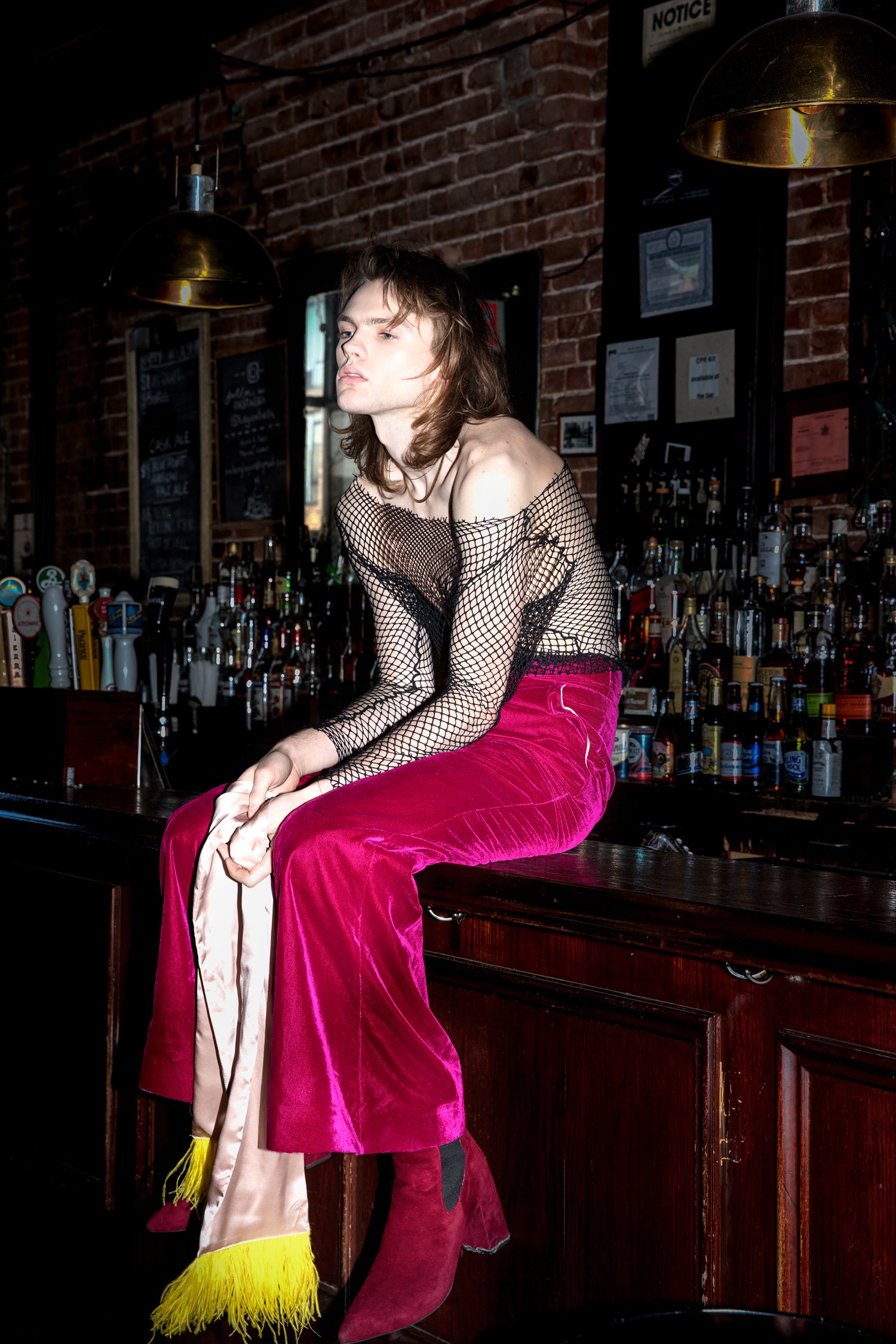
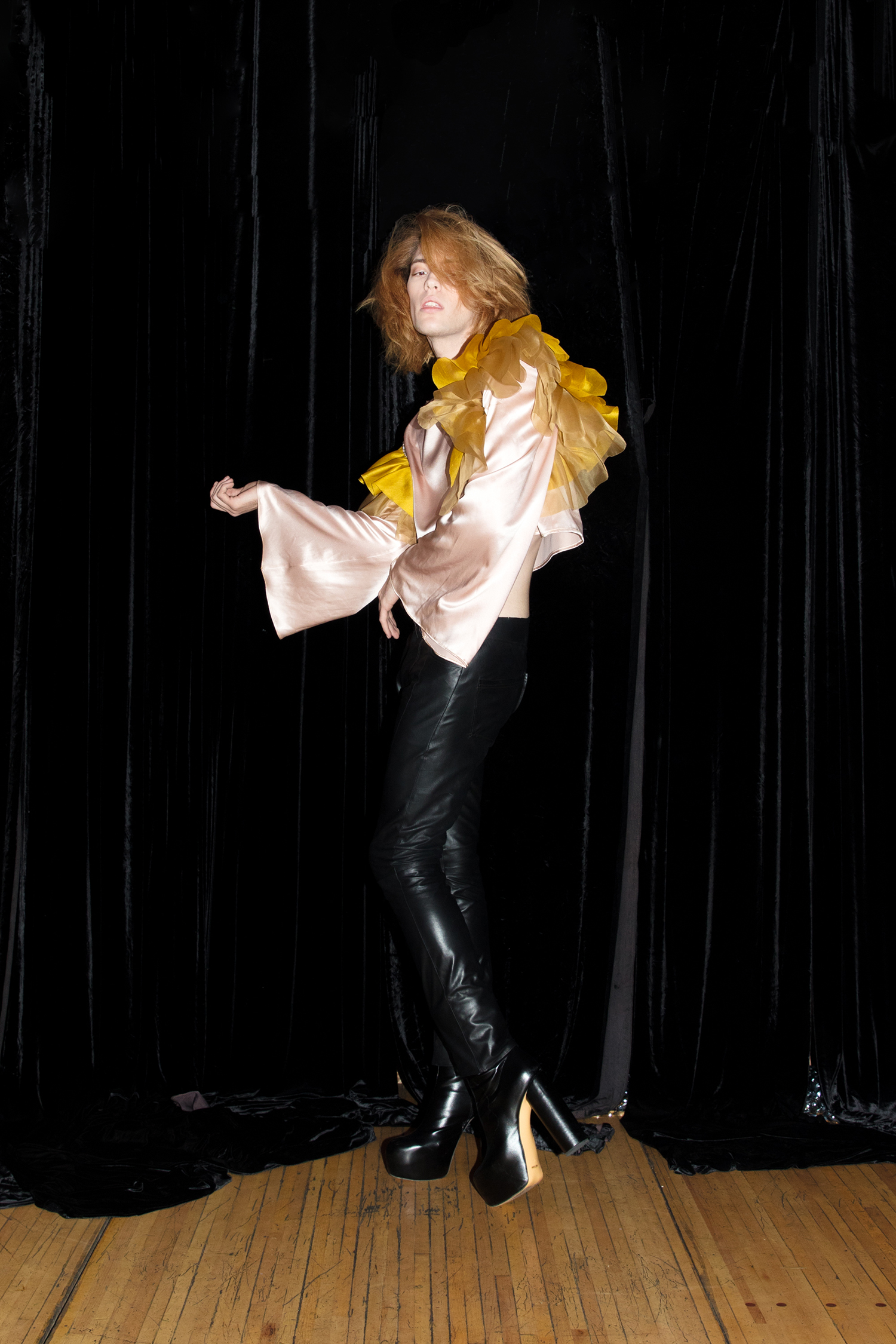

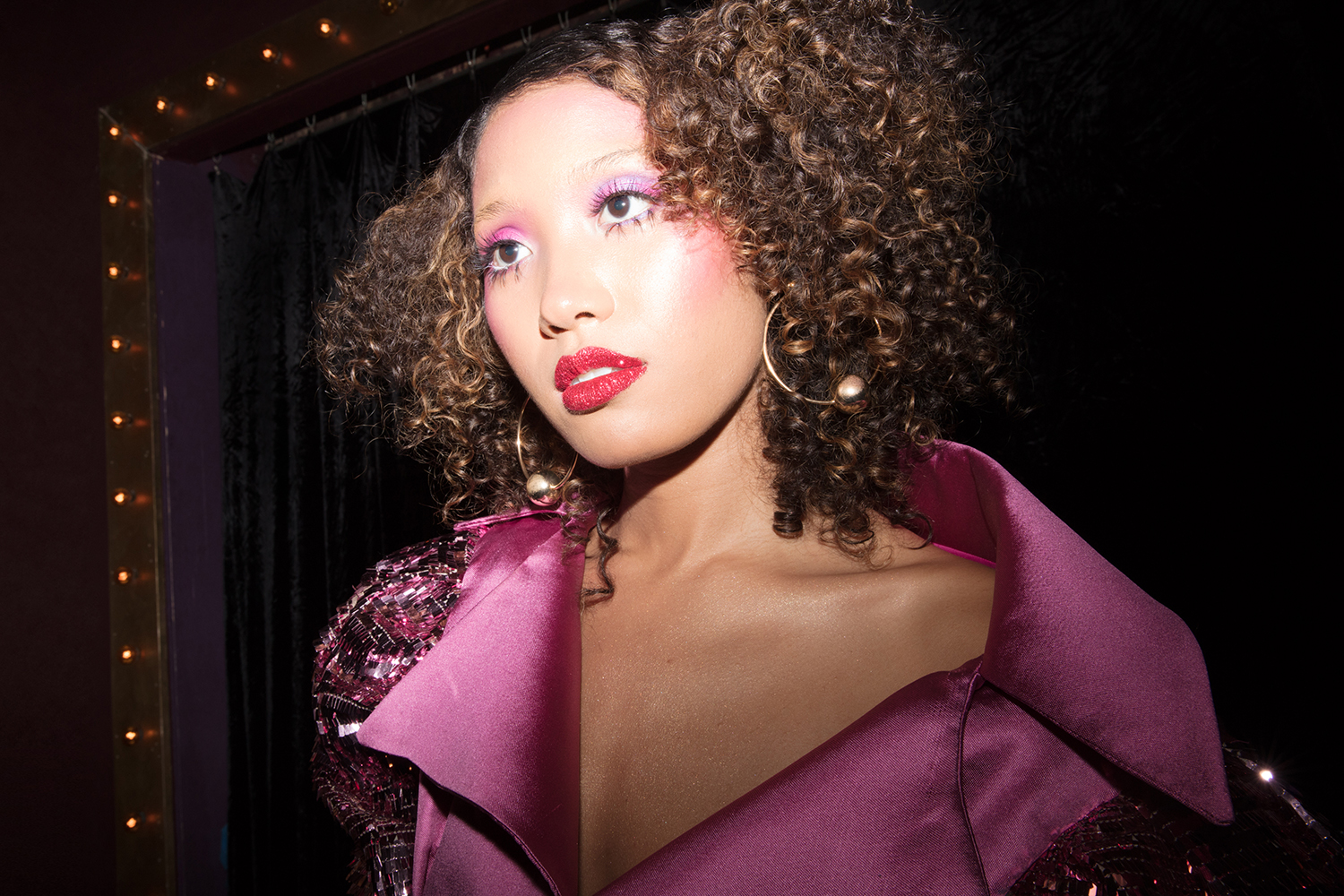


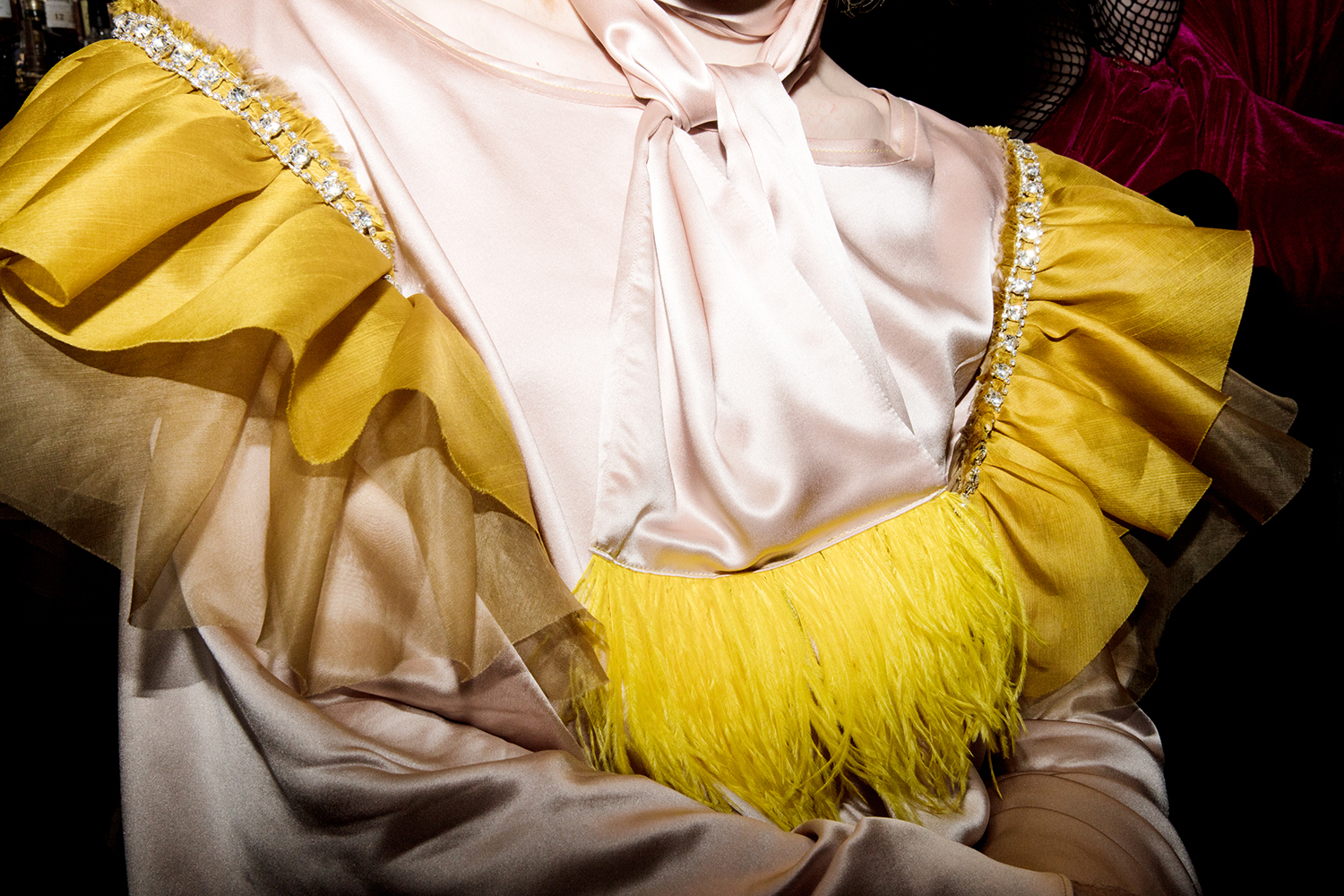

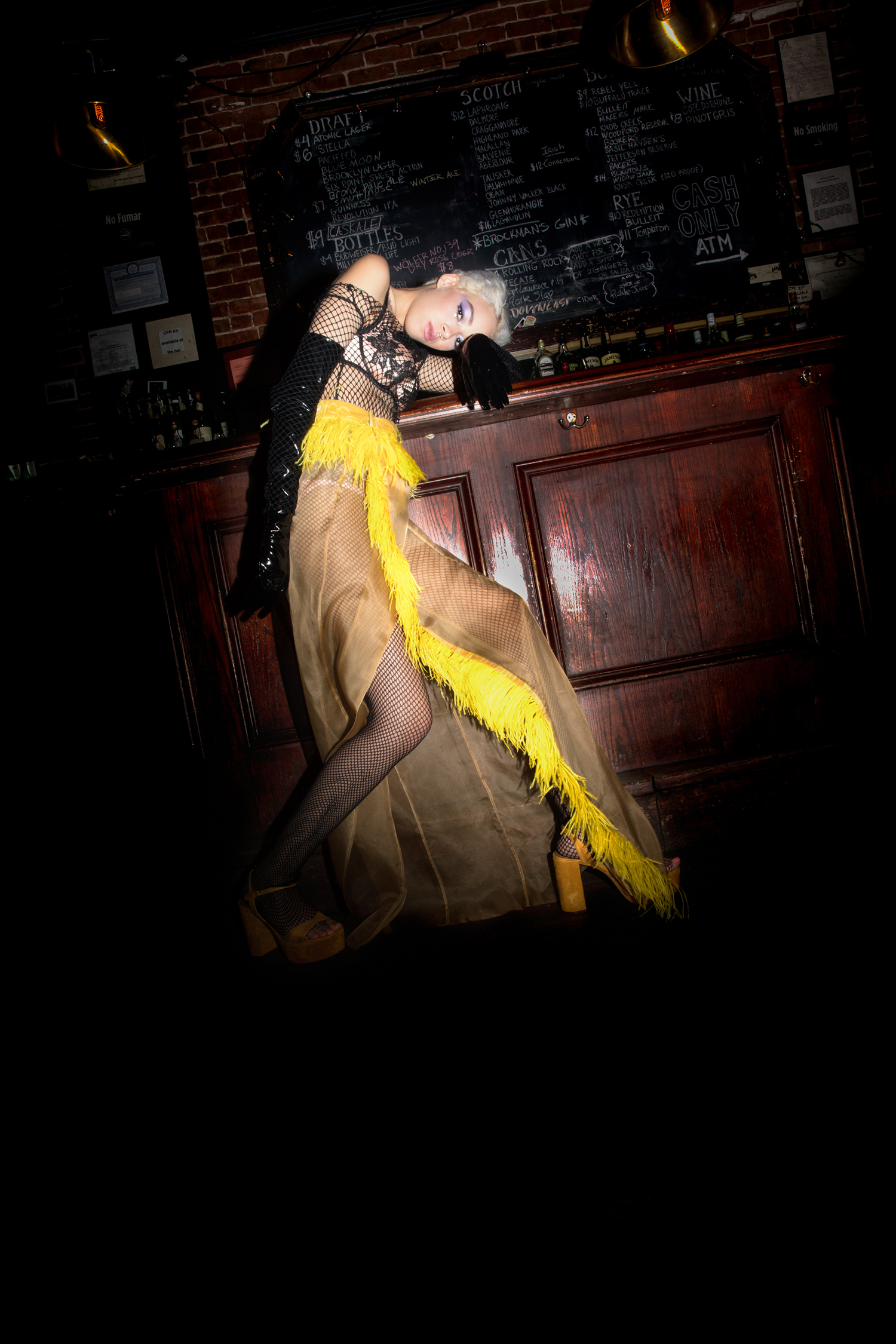
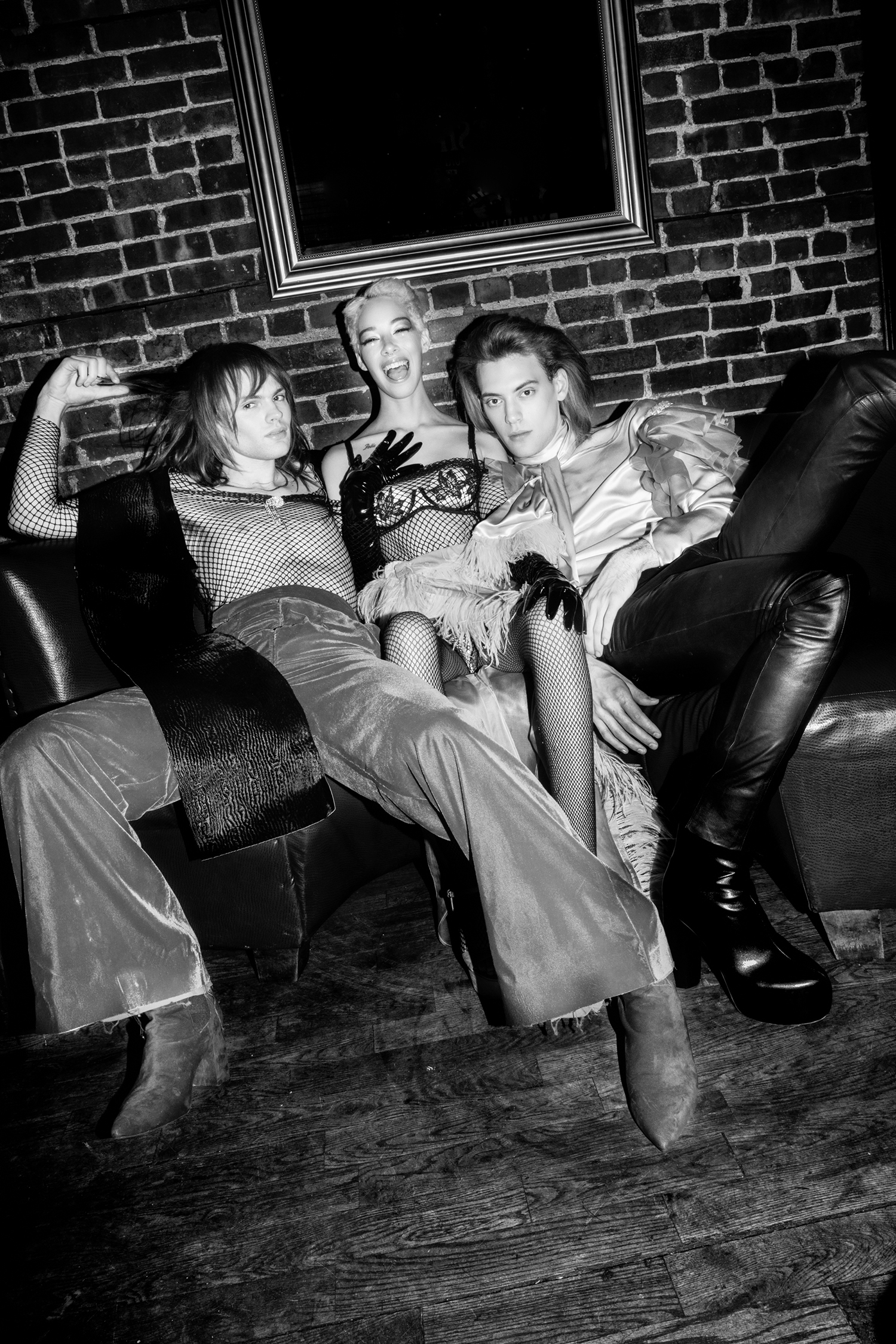
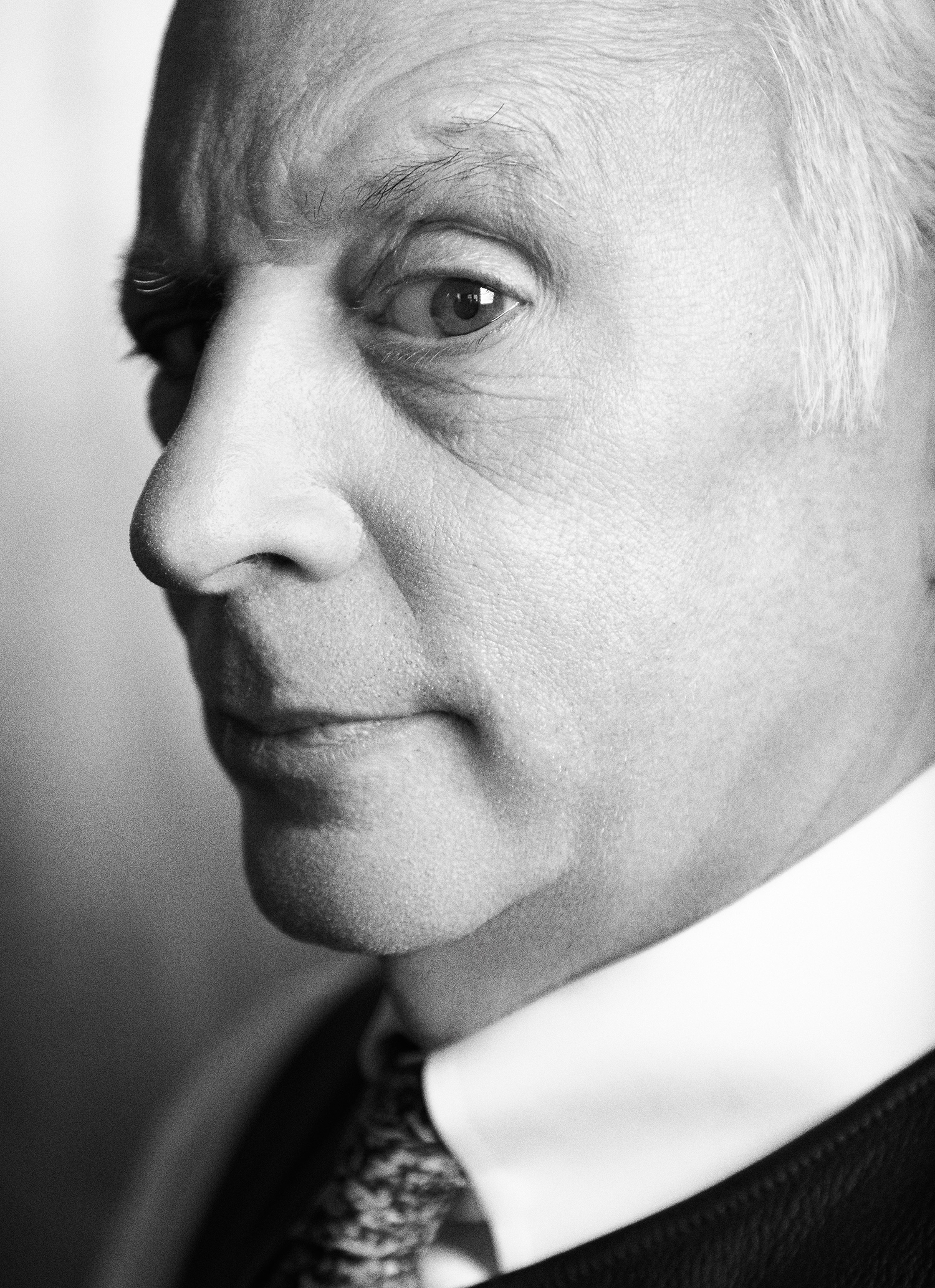
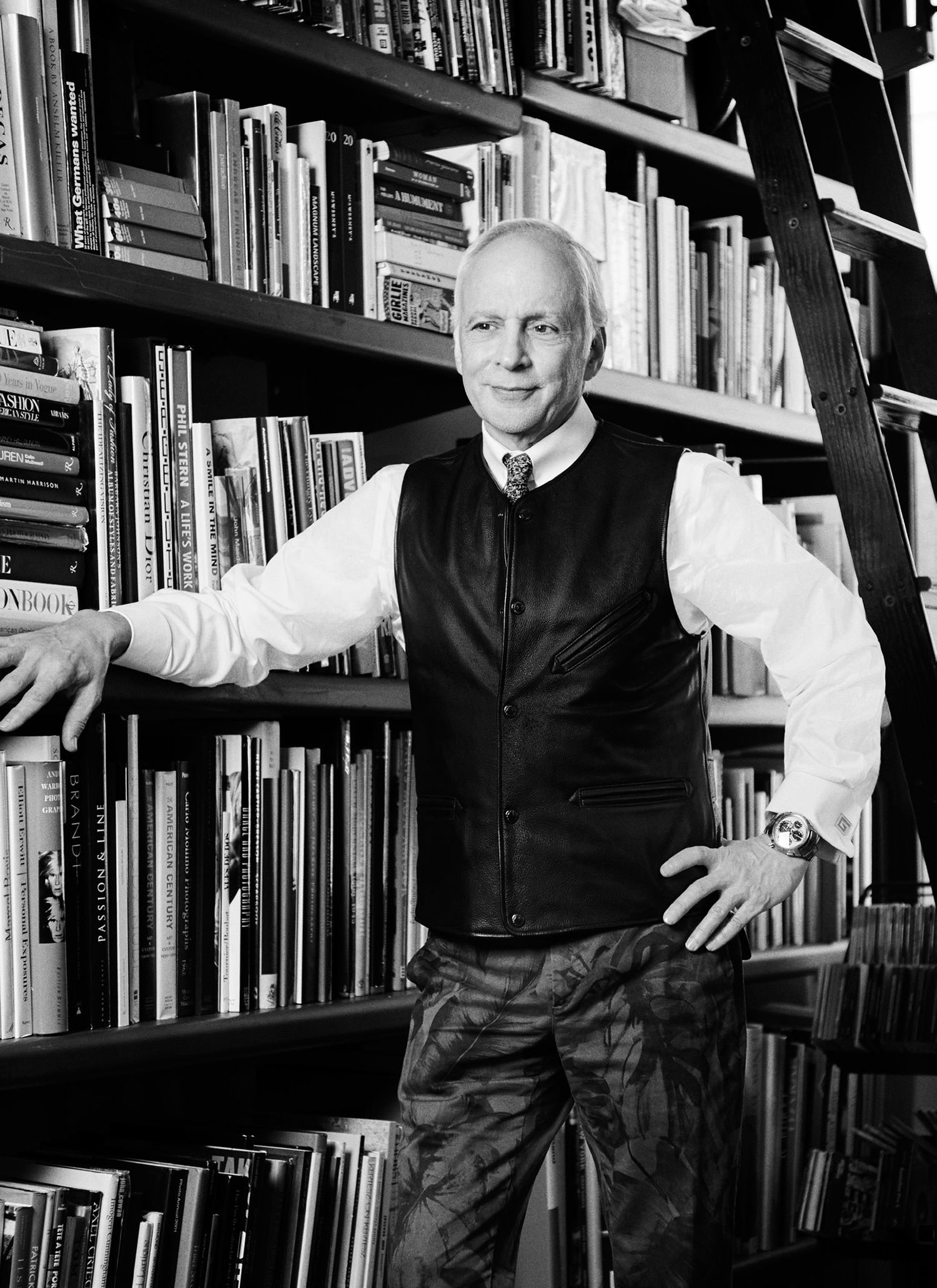
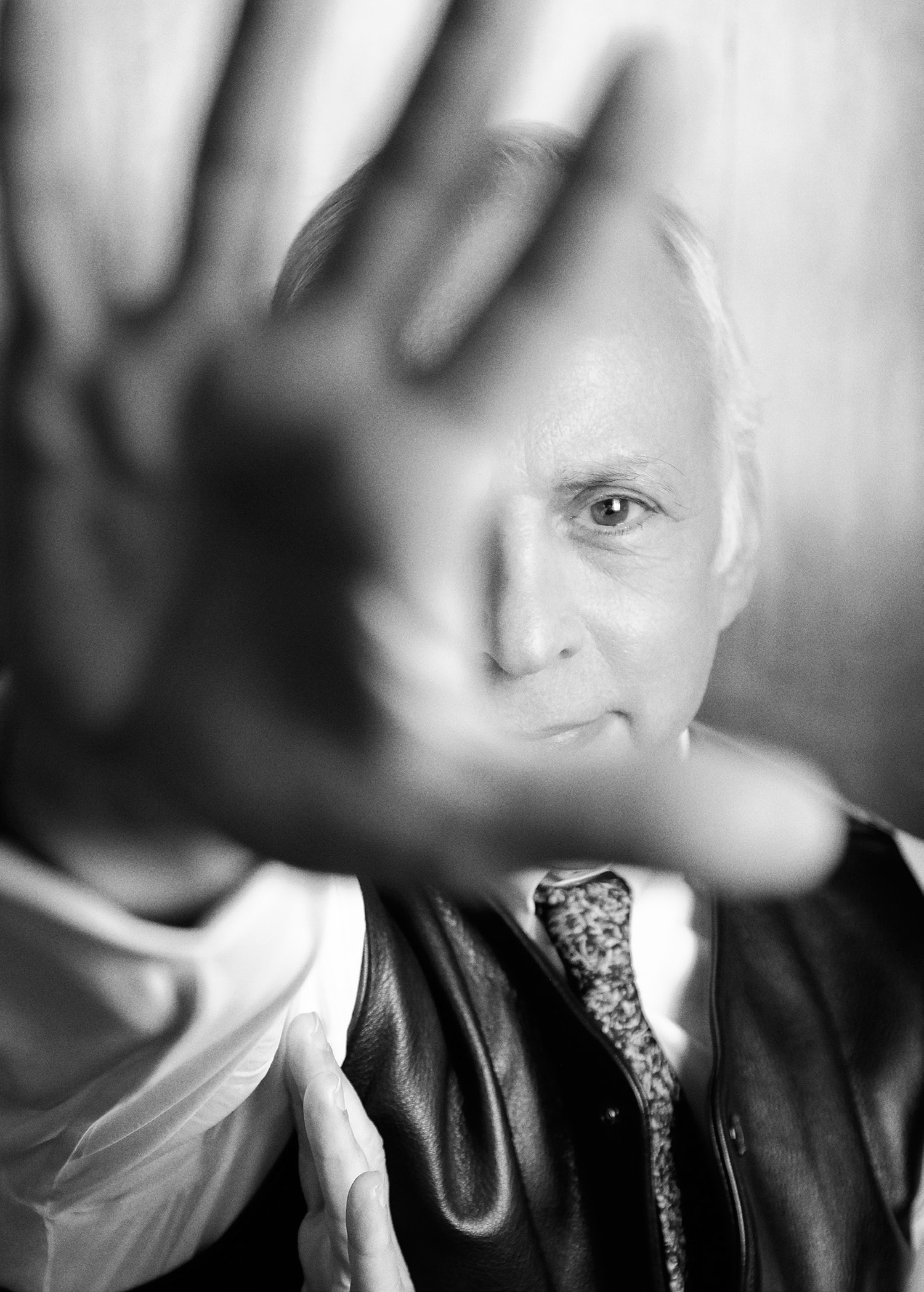

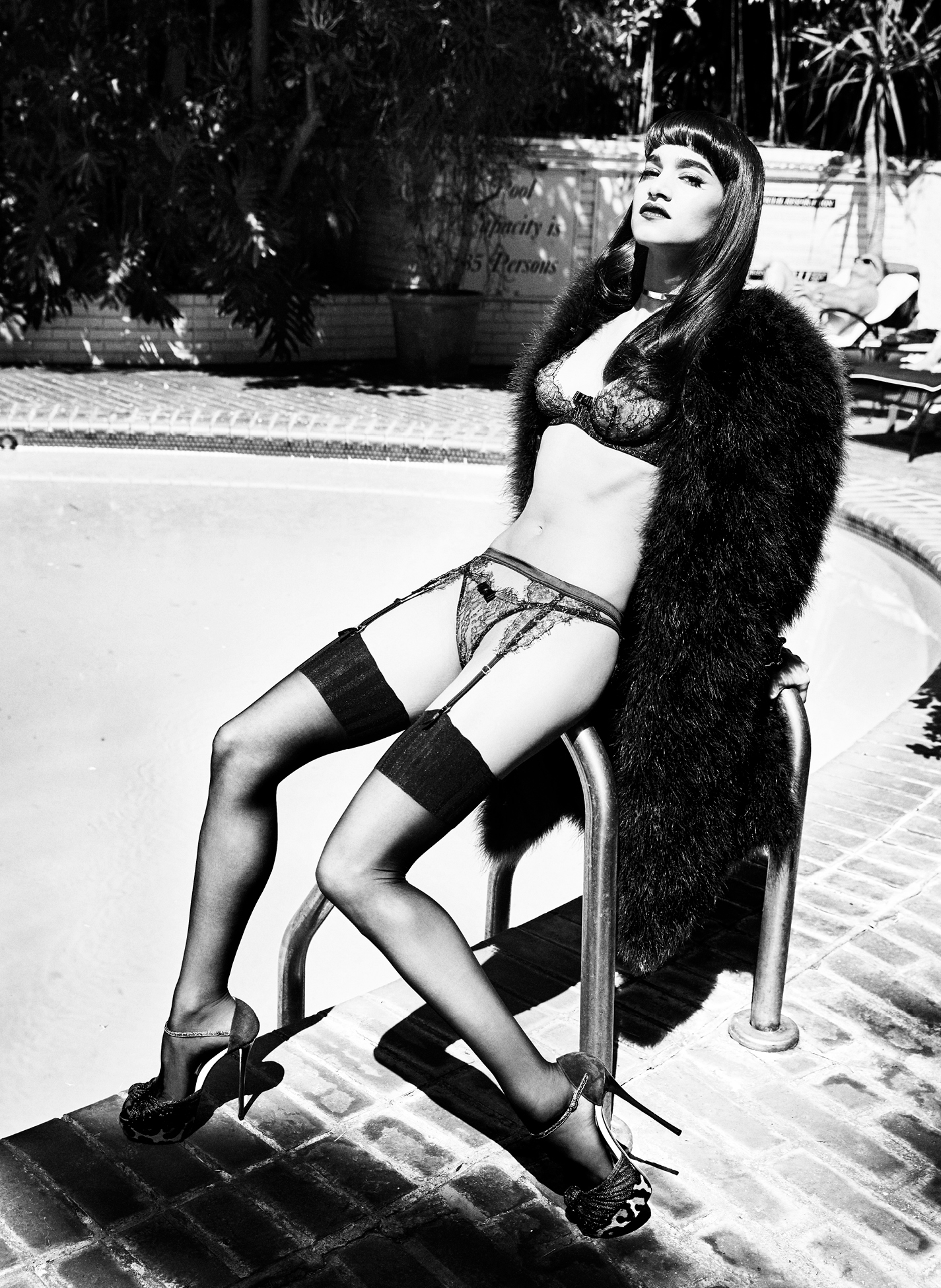 Feather Coat by Vanessa Seward, Bra, Panty and Garter Belt by Maison Close, Black Stockings by FALKE, Shoes by Christian Louboutin, Choker, Earrings and Bracelet by Eddie Borgo
Feather Coat by Vanessa Seward, Bra, Panty and Garter Belt by Maison Close, Black Stockings by FALKE, Shoes by Christian Louboutin, Choker, Earrings and Bracelet by Eddie Borgo Latex Bodysuit by Dead Lotus Couture, Shoes by Marc Jacobs
Latex Bodysuit by Dead Lotus Couture, Shoes by Marc Jacobs Dress by Lanvin, Black Goat Hair Jacket by Adrienne Landau, Shoes by Christian Louboutin, Bracelet by Eddie Borgo, Choker by YVY, and Sofia’s Own Earrings
Dress by Lanvin, Black Goat Hair Jacket by Adrienne Landau, Shoes by Christian Louboutin, Bracelet by Eddie Borgo, Choker by YVY, and Sofia’s Own Earrings
 Dress and Rosary Necklace by Dolce & Gabbana, choker necklace by Jillian Dempsey Black Patent Heels by Christian Louboutin, and Sofia’s Own Necklace.
Dress and Rosary Necklace by Dolce & Gabbana, choker necklace by Jillian Dempsey Black Patent Heels by Christian Louboutin, and Sofia’s Own Necklace. Dress by J GERARD and Shoes by Giuseppe Zanotti
Dress by J GERARD and Shoes by Giuseppe Zanotti
 Left: Chain Top by Natalie Fedner, Skirt by Versus Versace, Leather Jacket (worn inside out) by GUCCI, Lipstick by Chanel
Left: Chain Top by Natalie Fedner, Skirt by Versus Versace, Leather Jacket (worn inside out) by GUCCI, Lipstick by Chanel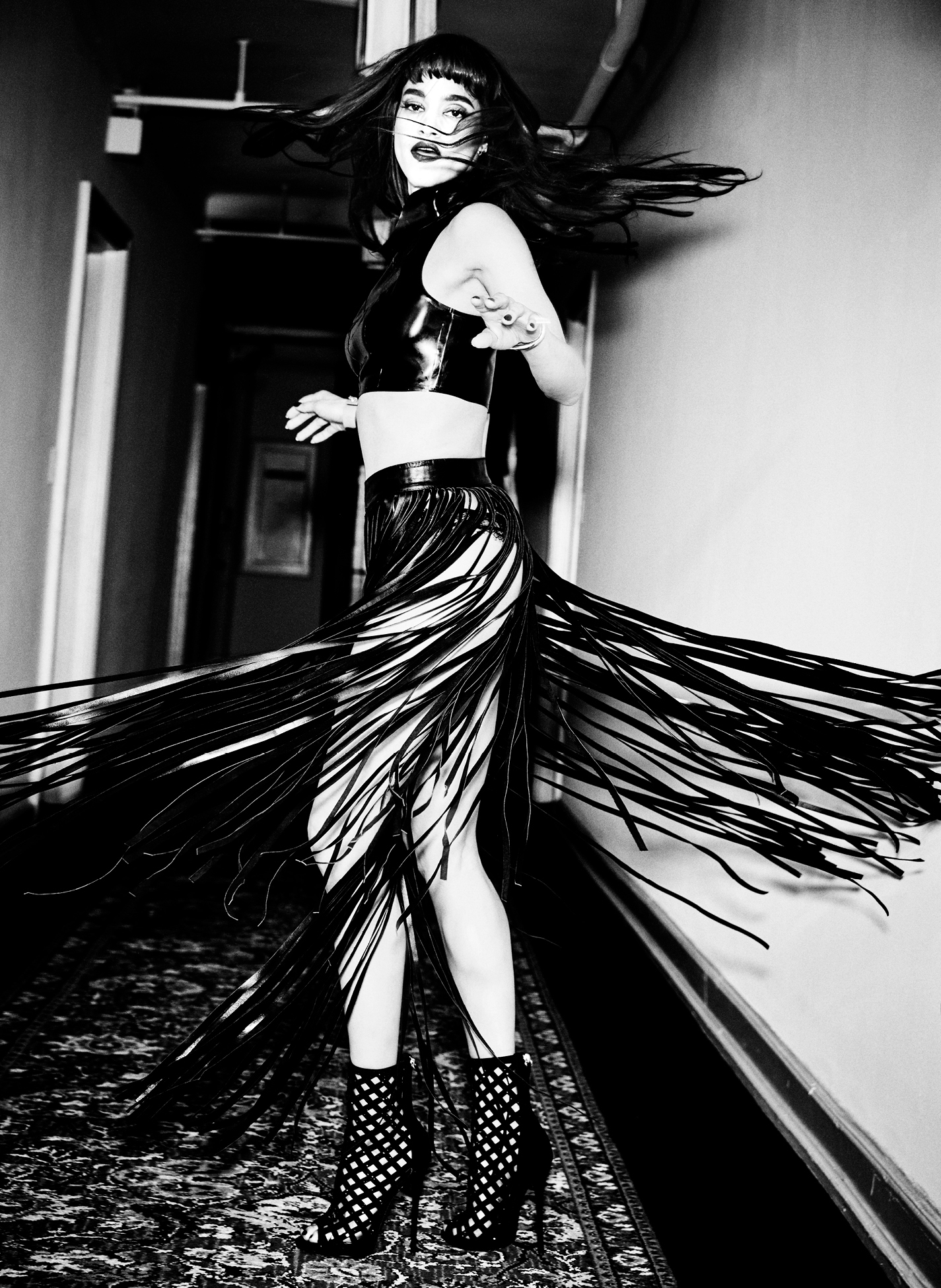 Top by Dead Lotus Couture, Skirt by Zana Bayne, Underwear by Morgan Lane, Shoes by Giuseppe Zanotti, Silver Cuff by Eddie Borgo, and Gold Cuff by Jennifer Fisher
Top by Dead Lotus Couture, Skirt by Zana Bayne, Underwear by Morgan Lane, Shoes by Giuseppe Zanotti, Silver Cuff by Eddie Borgo, and Gold Cuff by Jennifer Fisher